Exercise is a vital part of a healthy pregnancy as it helps to make sure that you stay physically healthy throughout your pregnancy. Not only can it help you maintain a healthy weight and reduce the risk of gestational diabetes and preeclampsia (high blood pressure or hypertension), but it can also help you prepare for childbirth and recover more quickly after delivery. Exercising also has a positive impact on your mood and helps with pregnancy mood swings and helps mental health. However, not all exercises are safe for pregnant women. In this blog post, we’ll explore some of the best types of exercises for pregnancy.
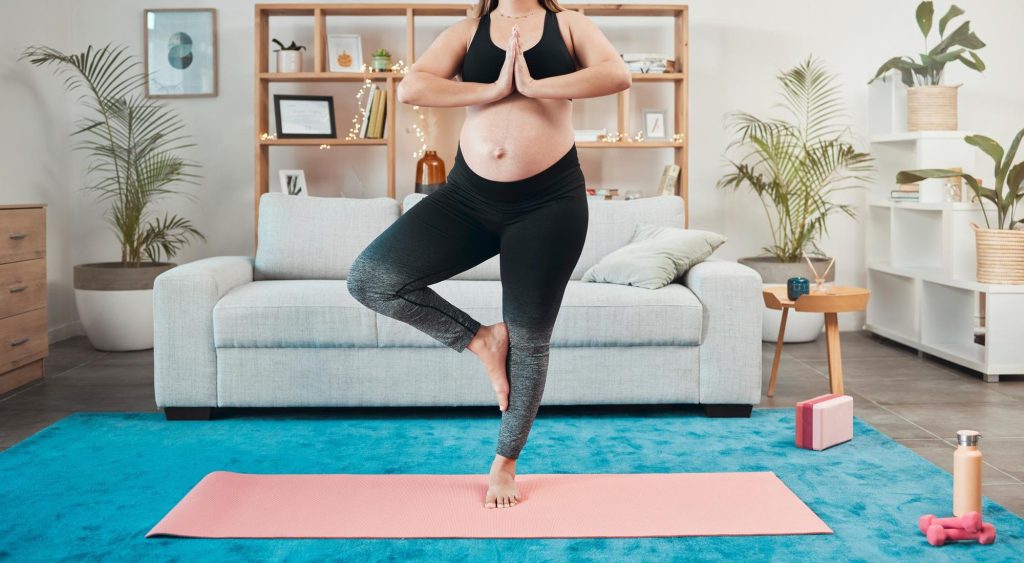
Walking
Walking is one of the safest and most accessible forms of exercise for pregnant women. It’s low-impact, easy to modify, and can be done almost anywhere. Walking can help improve cardiovascular health, maintain muscle tone, and reduce stress.
Swimming
Swimming is another excellent form of exercise for pregnant women. It’s low-impact and easy on the joints, making it ideal for women who may be experiencing joint pain or swelling during pregnancy. Swimming can help improve cardiovascular health, strengthen the muscles in the arms and legs, and reduce stress.
Prenatal Yoga
Prenatal yoga is a gentle form of yoga that is specifically designed for pregnant women. It focuses on breathing techniques, gentle stretching, and relaxation, making it an excellent way to reduce stress and prepare for childbirth. Prenatal yoga can also help improve flexibility and strength.
Stationary cycling
Stationary cycling is another low-impact form of exercise that is safe for pregnant women. It can help improve cardiovascular health, strengthen the leg muscles, and reduce stress. However, it’s important to adjust the bike properly to ensure that you’re not putting too much pressure on your lower back.
Strength training
Strength training exercises can help improve muscle tone and prepare your body for childbirth. However, it’s important to use lighter weights and focus on proper form to reduce the risk of injury. Strength training exercises that focus on the legs, back, and core are particularly beneficial during pregnancy.
Pelvic floor exercises
Pelvic floor exercises, also known as Kegels, can help strengthen the muscles that support the bladder, uterus, and bowels. Strong pelvic floor muscles can help reduce the risk of urinary incontinence and other pelvic floor disorders during and after pregnancy.
It’s important to note that not all types of exercise are safe for pregnant women. High-impact exercises, such as running or jumping, may not be appropriate for all women and should be discussed with your healthcare provider. It’s also important to listen to your body and adjust your exercise routine as needed.
Read more: Prenatal Care for Each Trimester
Conclusion
In conclusion, exercise is an essential part of a healthy pregnancy. Walking, swimming, prenatal yoga, stationary cycling, strength training, and pelvic floor exercises are all safe and effective forms of exercise for pregnant women. However, it’s important to work closely with your healthcare provider to develop an exercise plan that is safe and appropriate for your individual needs.




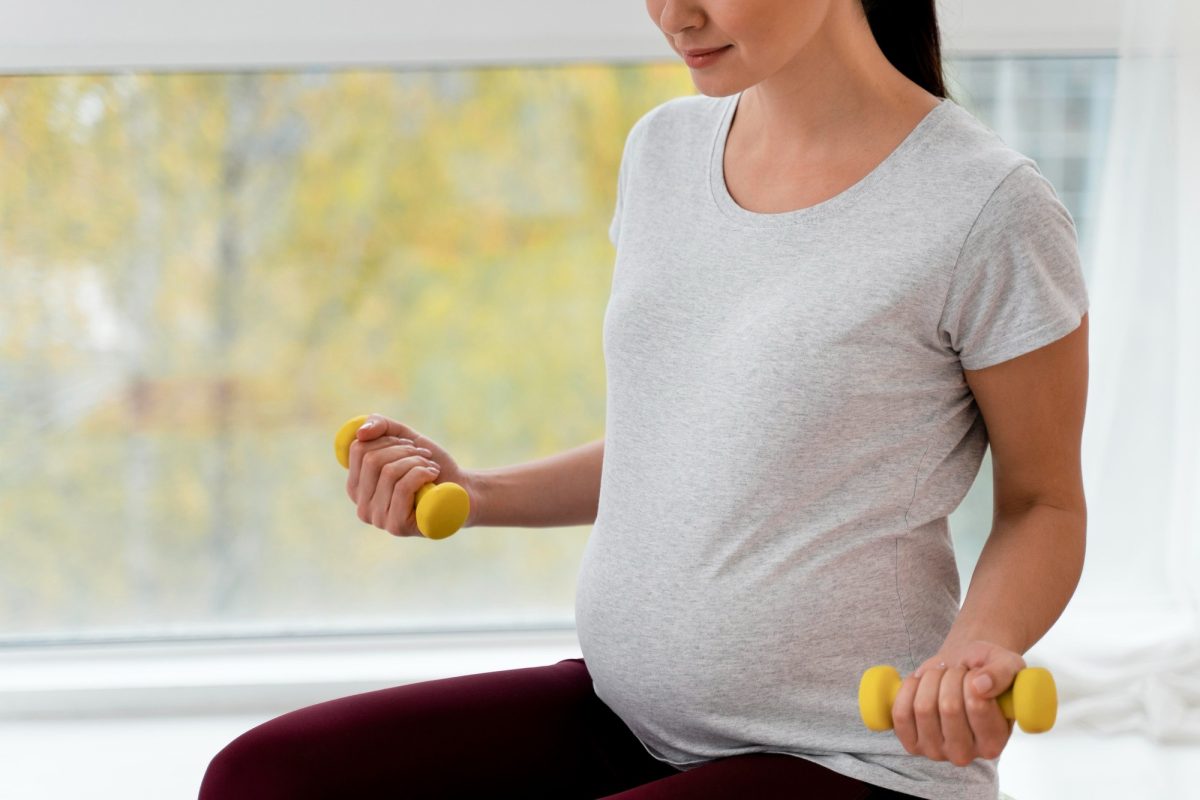







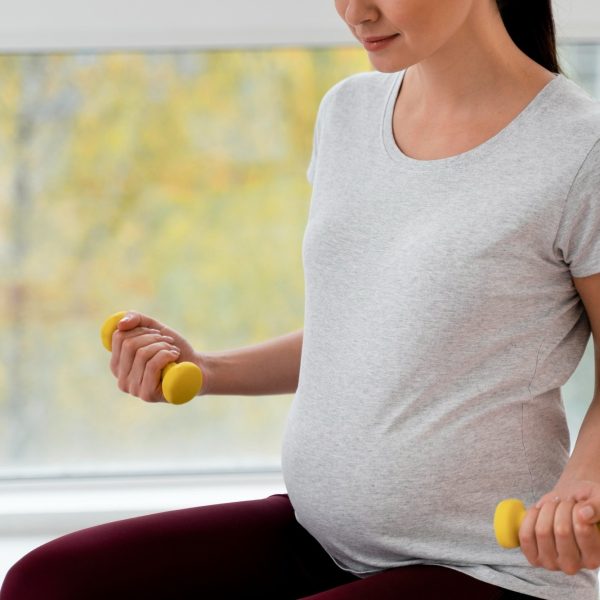



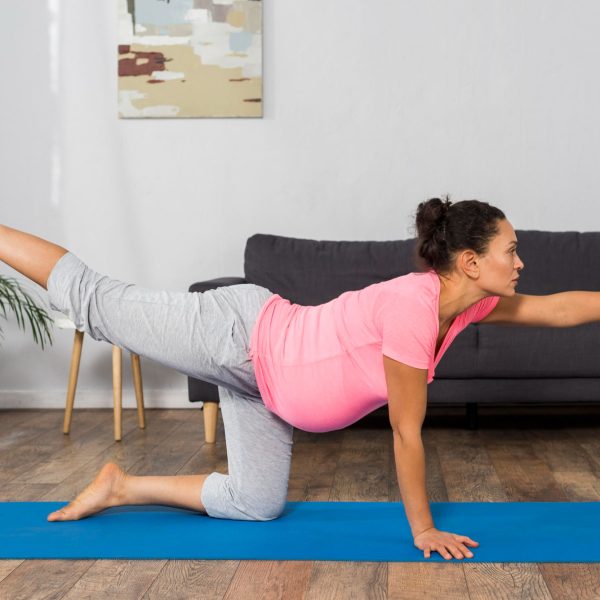

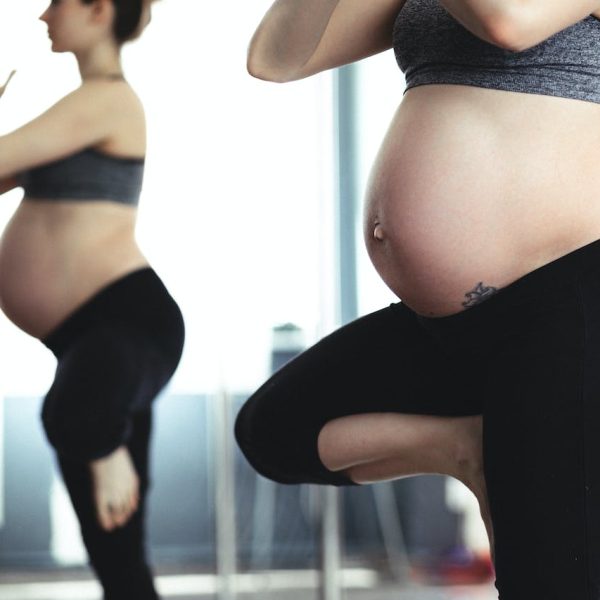








Share this article